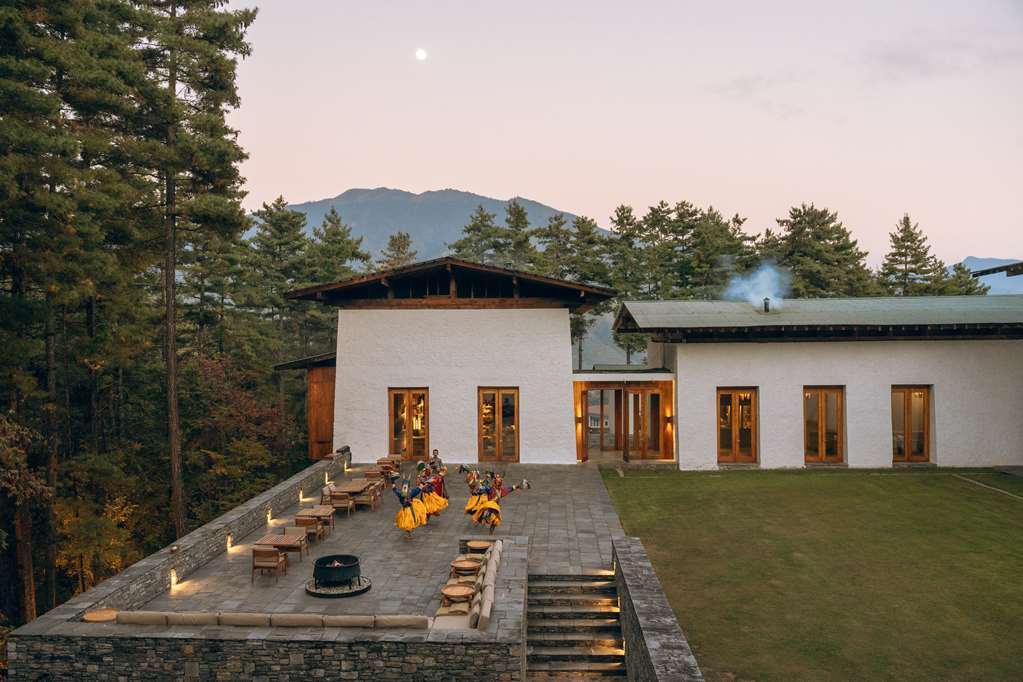Vous pensez qu'il y a une erreur sur ce lieu ?
Signaler une erreur
Vos retours sont importants pour nous. Si vous avez remarqué une erreur concernant ce lieu, merci de nous en informer pour que nous puissions la corriger.
Propriétaire de ce lieu ?
Nous récupérons automatiquement les informations disponibles sur votre lieu. Si jamais celles-ci ne sont pas correctes, connectez-vous gratuitement sur notre tableau de bord pour les modifier et bonus, accédez à vos statistiques détaillées.
Ce qu'en disent les utilisateurs
Autres lieux à voir autour
 Amankora, Bumthang
Near Wangdichholing Palace, Jakar Bumthang 32002
Ajouté par14 utilisateurs
Amankora, Bumthang
Near Wangdichholing Palace, Jakar Bumthang 32002
Ajouté par14 utilisateurs

"UNESCO World Heritage The very first Potala Palace was a magnificent structure built in the seventh century Wars and weather (including a disastrous lightning strike) laid waste to the old palace, so the fifth Dalai Lama, Ngawang Losang Gyatso, ordered the construction of a new palace on the original palace's foundations. The fifth Dalai Lama and his Gelugpa order became the most important religious power in Tibet and championed several ambitious architectural projects. Potala Palace is a monastery, a fortress, and a palace, with 1,000 rooms. It was created by more than 7,000 workers, including around 1,500 artisans who created the superb decorations. The palace was built on top of a hill, 430 feet (130 m) above the valley below, partly for reasons of defense and partly to ensure that only true devotees would make their way to such a height. The fifth Dalai Lama and his successors lived at the palace and oversaw the administration of their country from here. The fact that the Dala Lama established his religious building on the palace of the first king, Songtsen Gampo, was intended to demonstrate that Buddhism superseded political power. In addition, according to Buddhist mythology, the Bodhisattva Avalokiteshivara dwelled in the Potala Mountain. The palace, therefore, bears both religious and secular significance After the death of the fifth Dalai Lama, the palace was extended substantially to house his mausoleum The building was constructed from white stone with black outlined windows, although the newer part of the building, containing the mausoleum, is red and is lavishly decorated with gold and other precious materials. The palace's living quarters are sumptuous and beautiful, a peaceful place for generations of Dalai Lamas to work, study, and relax — if they are ever allowed to return to Tibet."
@nchavotier